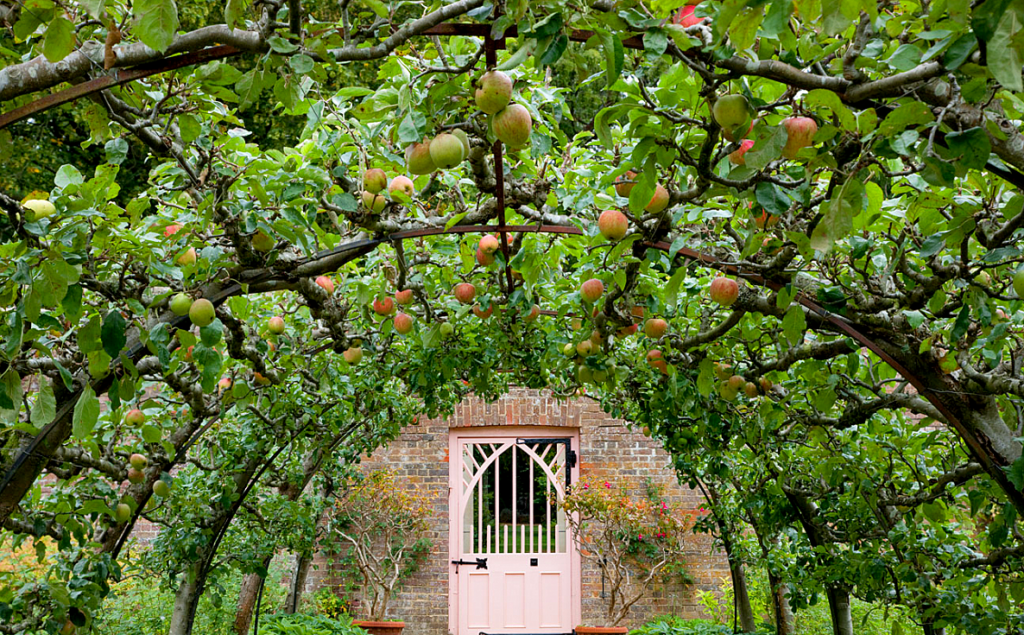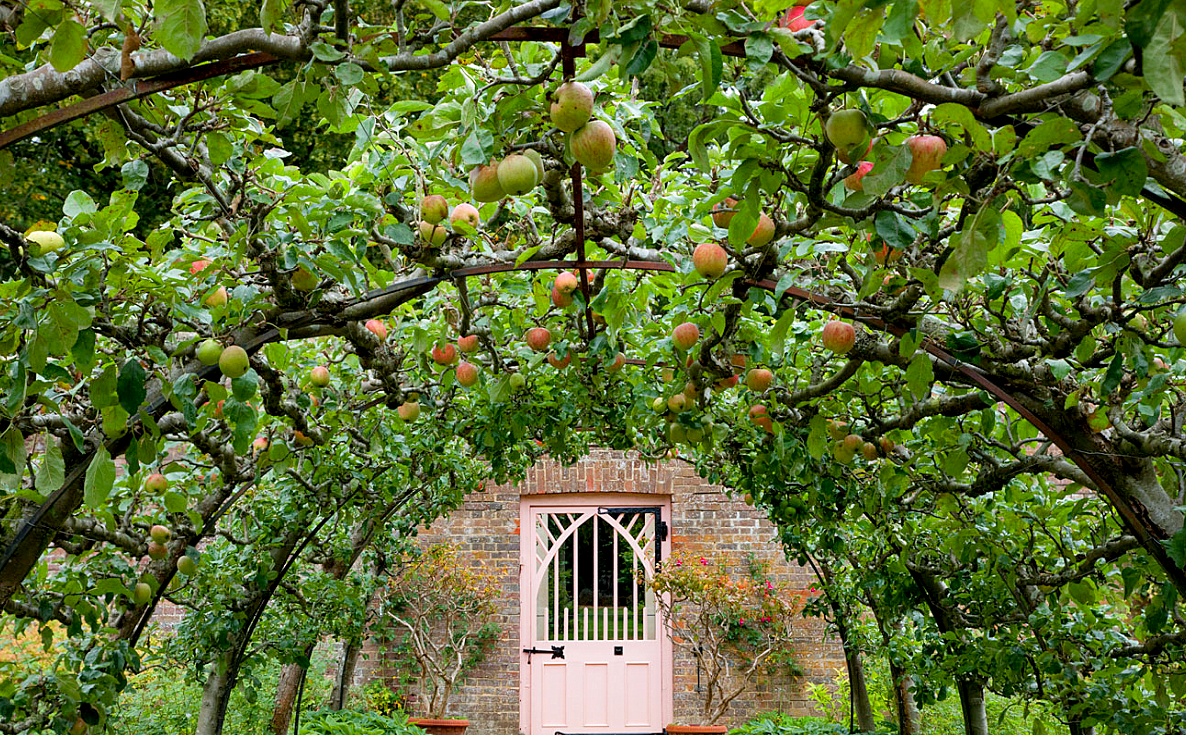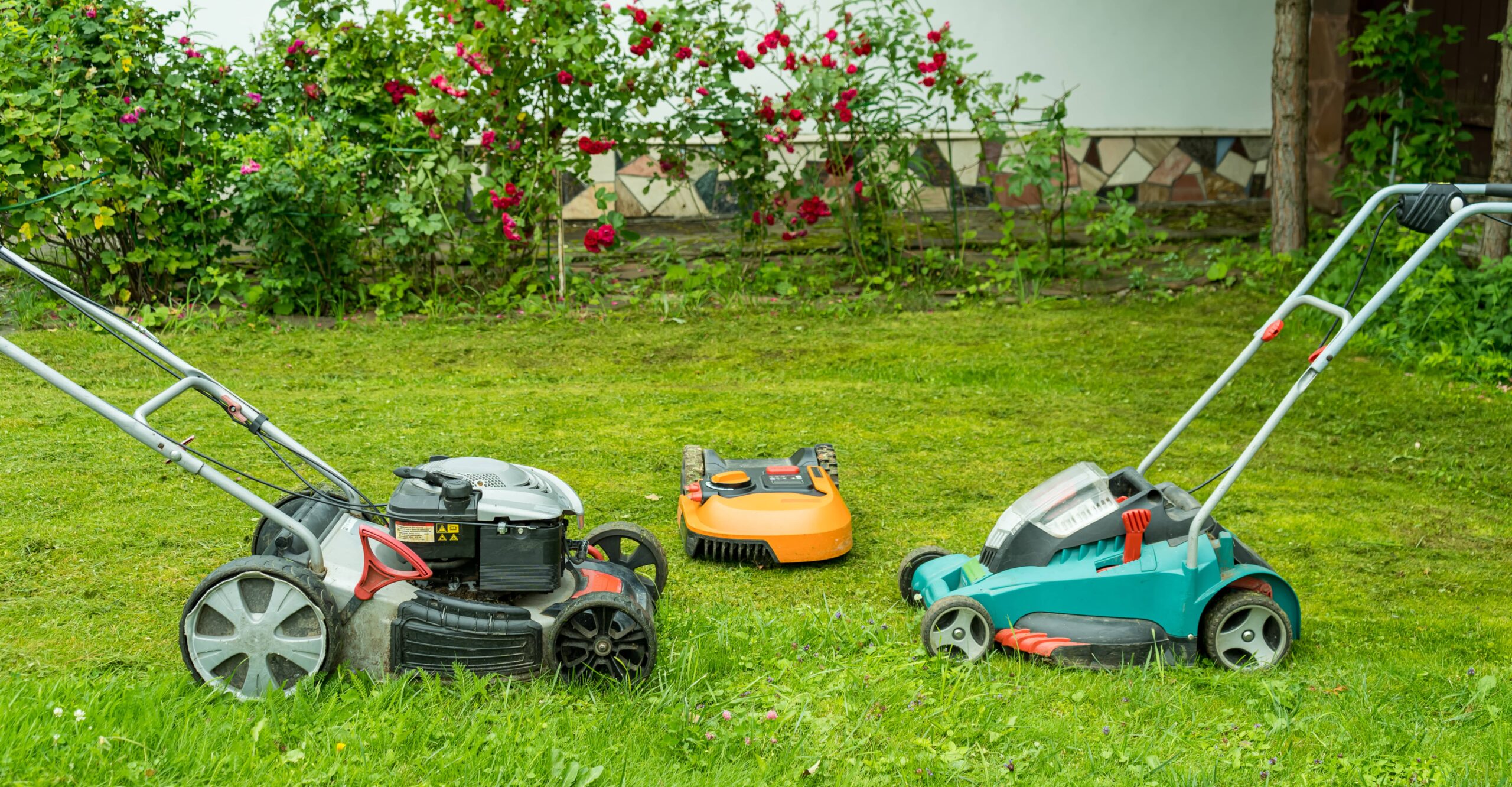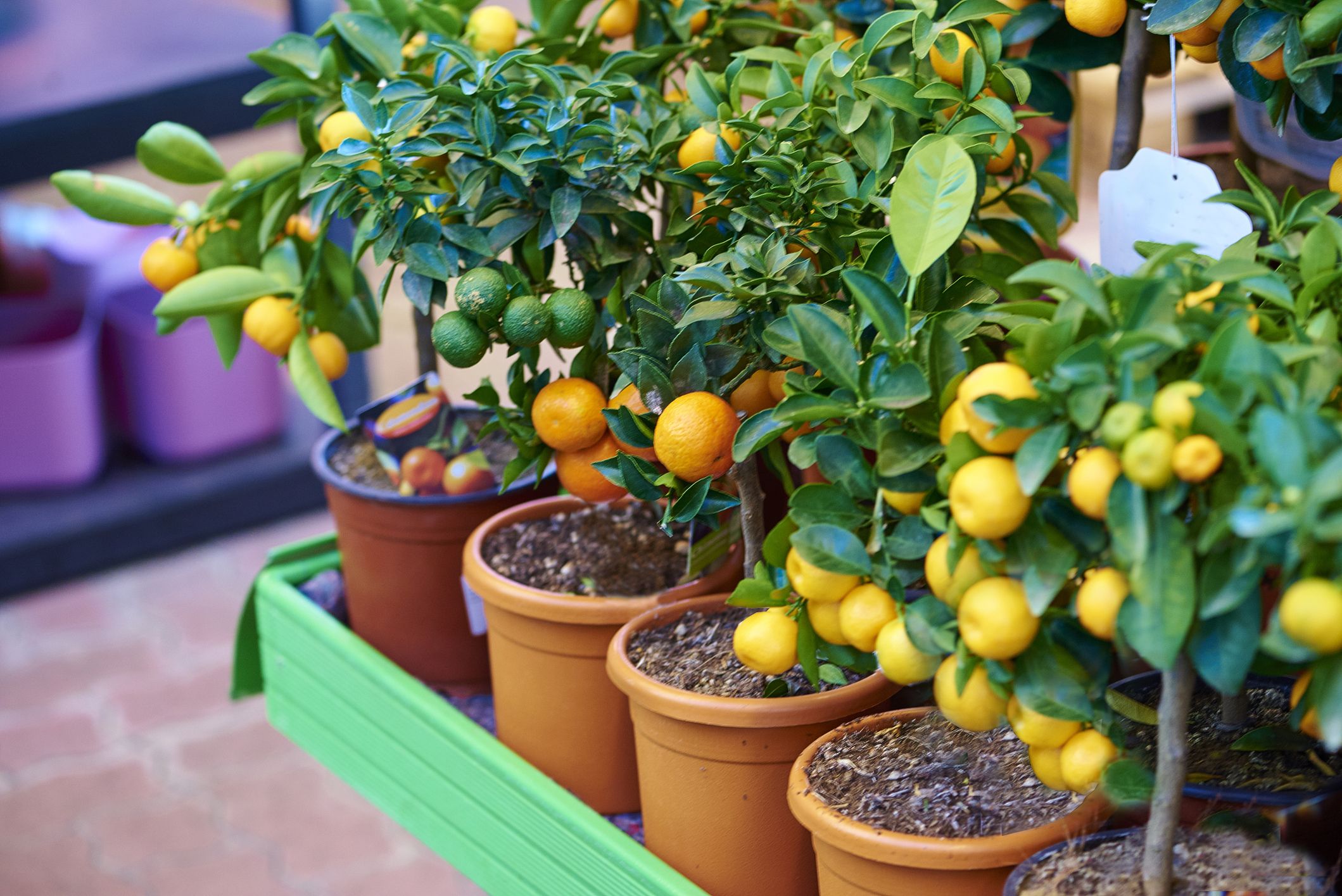
Interview with Expert in Espalier Fruit Trees
In the realm of gardening, espalier fruit trees represent a unique blend of art and horticulture. The practice involves meticulously training fruit trees to grow in a flat, two-dimensional shape against structures like walls or trellises. This ancient technique, known as espalier, has a storied past, originating from practical necessities and evolving into a decorative and efficient method for modern gardens. Our article delves into the captivating evolution of espalier fruit trees, charting their course from their beginnings in traditional orchards to the creative interpretations seen in today’s gardening world. We will explore how espalier methods have been innovatively adapted to various fruit trees, including insights from a renowned fruit cultivation expert at ChrisBowers. This exploration will reveal the specific needs and considerations for successfully espaliering different types of fruit trees, providing a comprehensive guide for garden enthusiasts intrigued by this fascinating horticultural art form.
The Origins of Espalier Fruit Trees
Espalier, derived from the French word “épaler,” meaning “to flatten,” has its roots in ancient times. Historically, espaliered fruit trees were cultivated in monastic gardens, where space was limited and meticulous gardeners needed to maximize fruit production. These early practitioners recognized that by training fruit trees to grow flat against a support structure, they could create a compact, orderly, and aesthetically pleasing garden design.
One of the earliest documented examples of espalier dates back to ancient Rome, where fruit trees were trained against walls to optimize sunlight exposure and facilitate fruit harvesting. The practice spread throughout Europe during the Middle Ages, and by the Renaissance, it had become a symbol of wealth and prestige among European nobility.
Espalier in British Gardens
Espalier fruit trees found their way into British gardens during the Tudor era, a time when horticulture was gaining popularity among the elite. These meticulously trained trees adorned the gardens of grand estates and served both decorative and functional purposes. Espaliered fruit trees allowed gardeners to showcase their horticultural skills while also yielding a bountiful harvest of apples, pears, and cherries.
One notable example of espalier’s popularity in Britain is the Hampton Court Palace gardens, where King William III commissioned a grand design featuring intricately trained fruit trees in the late 17th century. The gardens at Hampton Court Palace remain a testament to the enduring appeal of espalier in British horticulture.
The Golden Age of Espalier
The 18th and 19th centuries marked the golden age of espalier in Britain. Gardens across the country embraced this art form, creating intricate patterns and designs with fruit trees. Espaliered apple and pear trees adorned the walls of manor houses, bringing both beauty and fruit to these stately homes.
During this period, gardeners developed a range of espalier techniques, including fan shapes, candelabra forms, and more. These designs showcased the creativity and craftsmanship of gardeners, turning fruit trees into living works of art.
Espalier in Decline
The 20th century witnessed a decline in the popularity of espalier fruit trees in Britain. As gardening practices modernized, the emphasis shifted towards convenience and ease of maintenance. The labor-intensive nature of espalier, with its regular pruning and training, deterred many gardeners from continuing this tradition.
Additionally, the advent of supermarkets made it easier for consumers to access a wide variety of fruits, reducing the necessity for homegrown produce. As a result, espalier fruit trees were often replaced with more straightforward garden layouts and commercial fruit sources.
The Revival of Espalier
In recent decades, there has been a resurgence of interest in espalier fruit trees among garden enthusiasts in Britain. This revival can be attributed to several factors, including a growing appreciation for traditional gardening techniques, a desire for unique and visually striking garden designs, and a focus on sustainability and self-sufficiency.
Modern gardeners are rediscovering the art of espalier and adapting it to suit their needs and preferences. Espaliered fruit trees are no longer confined to grand estates; they have found a place in urban gardens, community spaces, and even small balconies.
Adapting Espalier Techniques for Blackberry Bushes
One fruit plant that can benefit from espalier techniques is the blackberry bush. While traditionally grown as free-standing shrubs, blackberry bushes can also be trained to grow against walls or trellises, enhancing their productivity and appearance. To gain insights into the needs of blackberry bushes and how espalier techniques can be applied, we interviewed Chris Bowers, an expert in fruit cultivation.
Modern Approaches to Espalier Blackberry Bushes
In modern gardens, blackberry bushes can be espaliered using a variety of methods. Some gardeners choose to grow them along horizontal wires, similar to the way apple and pear trees are traditionally trained. Others opt for more creative designs, such as fan shapes or candelabra forms, to make the most of limited space and create an eye-catching focal point.
One of the key considerations when espaliering blackberry bushes is the choice of a suitable support structure. Sturdy trellises or wire systems are essential to support the weight of the fruit-laden canes. Proper pruning is also crucial, as it helps maintain the desired shape and encourages new growth.
Benefits of Espaliered Blackberry Bushes
Space Efficiency: Espaliered blackberry bushes take up less horizontal space compared to traditional free-standing bushes. This is particularly advantageous for urban gardeners with limited space.
Improved Air Circulation: The open structure of espaliered blackberry bushes allows for better air circulation, reducing the risk of disease and promoting healthier growth.
Ease of Maintenance: Pruning and harvesting are more accessible with espaliered bushes, making it easier to care for and enjoy the fruit.
Aesthetic Appeal: Espaliered blackberry bushes can be a stunning addition to any garden, adding visual interest and structure to the landscape.
Espalier Today: Blending Tradition with Innovation
In contemporary British gardens, espalier fruit trees have taken on new life. Gardeners are experimenting with a wide range of fruit varieties, including apples, pears, cherries, and even exotic fruits like figs and persimmons. The revival of espalier has also been influenced by a growing interest in permaculture, organic gardening, and sustainable living.
One notable aspect of the modern espalier movement is the incorporation of technology and innovative materials. Gardeners are using wire systems, wall-mounted trellises, and even plastic and metal supports to create intricate designs and provide a stable framework for fruit trees. These advancements make it easier than ever to achieve stunning espaliered displays.
Tips for Getting Started with Espalier
If you’re interested in incorporating espalier fruit trees or blackberry bushes into your garden, here are some tips to get you started:
Choose the Right Location: Select a sunny spot with well-drained soil for your espaliered plants. Consider the available space and choose a suitable support structure.
Select the Right Variety: Not all fruit tree varieties are well-suited for espalier. Consult with a nursery or expert to choose the best varieties for your region and climate.
Plan Your Design: Decide on the espalier shape you want to create, whether it’s a fan, candelabra, or something else. Plan your pruning and training accordingly.
Provide Adequate Support: Ensure your support structure is sturdy and can withstand the weight of the fruit and branches. Install wires, trellises, or other supports as needed.
Regular Maintenance: Prune your espaliered trees or bushes regularly to maintain their shape and encourage new growth. Pay attention to pests and diseases and address them promptly.
Enjoy the Fruits of Your Labor: One of the joys of espalier is not just the process but also the delicious fruits you’ll harvest. Savor the fresh, homegrown produce from your garden.
Conclusion
Espalier fruit trees have come a long way from their humble beginnings in ancient Rome to their revival in modern British gardens. This horticultural art form, which combines functionality with aesthetics, continues to captivate garden enthusiasts, offering a practical and visually appealing way to grow fruit in limited spaces.
Whether you’re drawn to the timeless elegance of traditional espalier designs or the innovative approaches of contemporary gardeners, there’s no denying the enduring appeal of espalier fruit trees. By adapting these techniques to suit your garden’s needs, you can create a stunning and productive landscape that pays homage to a centuries-old tradition while embracing the spirit of modern gardening. So, why not embark on your own espalier journey and transform your garden into a living work of art?











